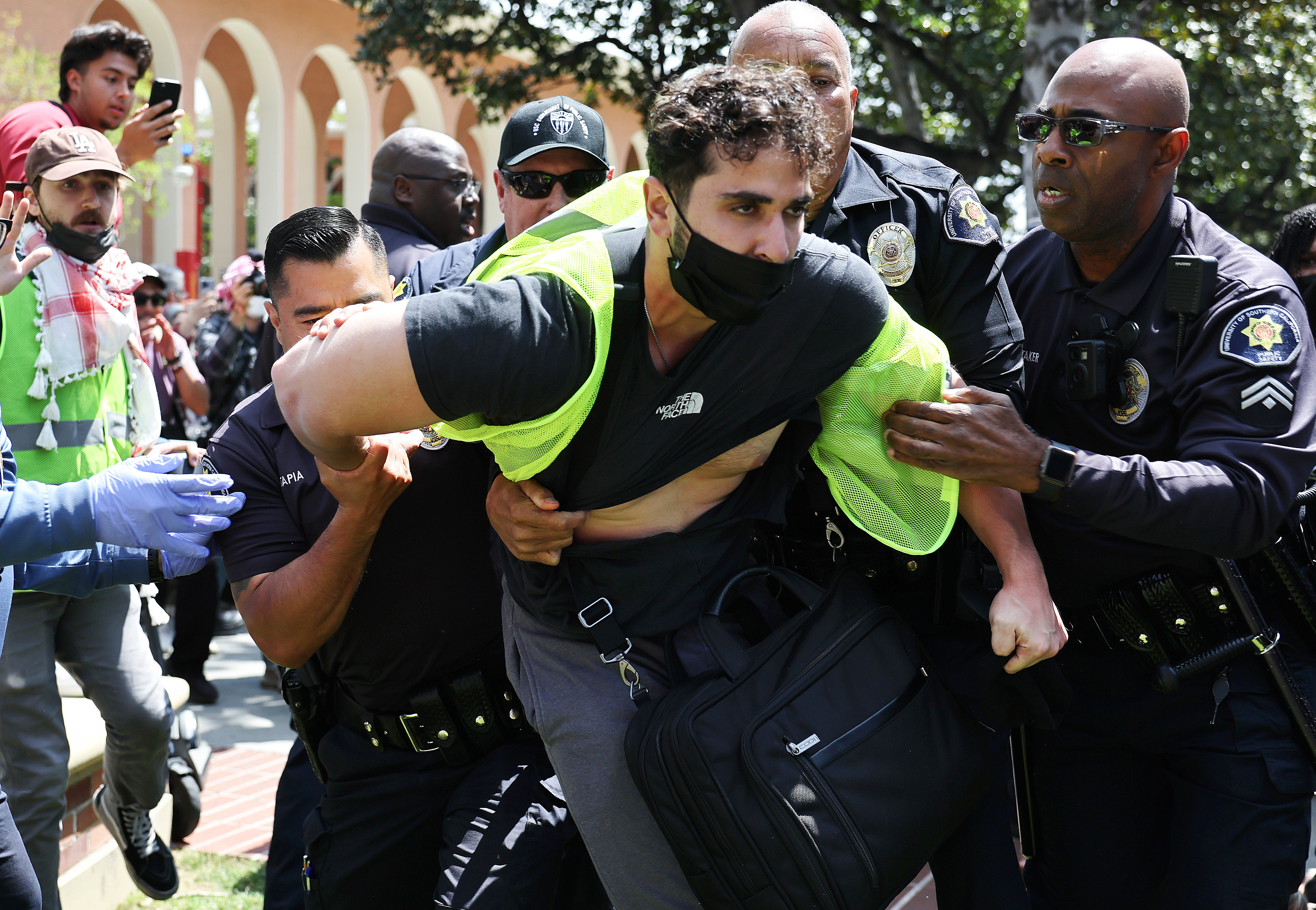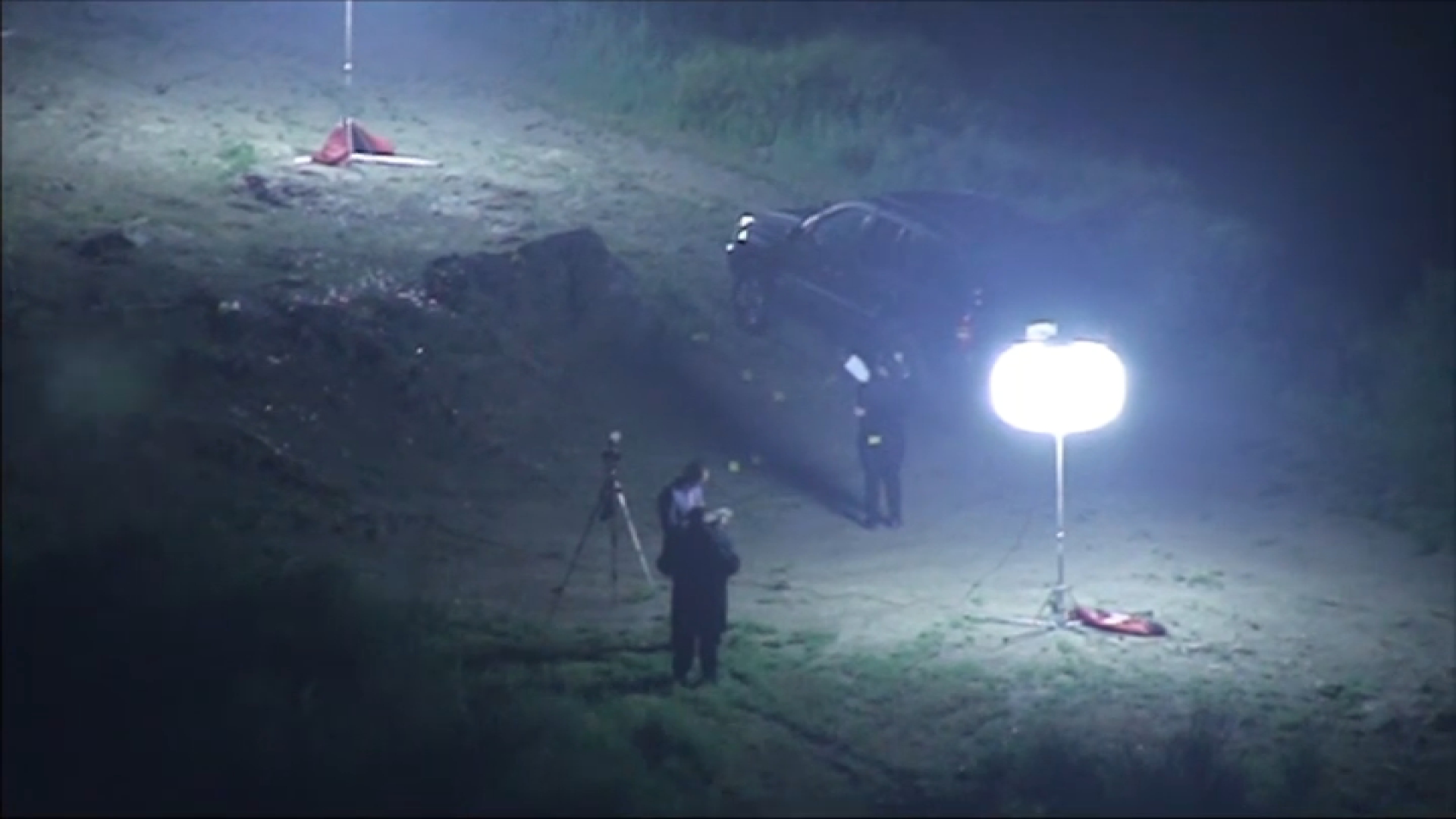California State University, Long Beach is trying to bring more pyshics instructors into the world.
The university is utilizing a teaching program to train more high school physics instructors.
Cal State Long Beach is one of 13 CSU campuses participating in American Physical Society’s Physics Teacher Education (PhysTEC) program. The program seeks to increase the number of physics majors earning teaching credentials through active recruiting, offering opportunities to gain early teaching experience and maintaining support structures for teachers, according to the PhysTEC website.
Galen Pickett, a physics professor at Cal State Long Beach and co-director of the university’s PhysTEC project, said the program was adopted to encourage increased involvement in the field of physics and ensure it lasts as an academic study.
"This initiative decided we are not going to survive long-term as a discipline if we don’t have more people involved in this," Picket said in a Cal State Long Beach press release. "Getting trained physicists with a substantial understanding of physics into high schools where they can make good physics experiences is a value for the discipline."
Only 35% of the roughly 27,000 high school physics teachers in the United States have degrees in physics, according to data on the PhysTEC website. Pickett said learning from teachers who do not hold a degree in the discipline may give students an incomplete understanding of physics, which can lead them to take another course of study that they may be capable in, but not passionate about.
"Systematically, if someone shows that they’re good at math and are interested in physics-y stuff and they don’t want to be a medical doctor, they are advised to study engineering. There’s a lot of people who are doing engineering who would probably be happier as physicists," Pickett said.
News
Top news of the day
He said offering a thorough education in the field of physics and highlighting the study’s unique properties have dramatically increased the number of physics majors at Cal State University Long Beach.
Sixty physics majors graduated from Cal State Long Beach last spring, according to the university press release. Pickett said though that number may appear small, it is much higher than the average number of graduates at an American university that has a physics department, which he said is about 10 students.
"In the CSU system, it was not unusual to see only three or four physics graduates in any one year," Pickett added. "But we’ve focused our teaching attention on people who could possibly become high school physics teacher and turned that cohort of three or four into a cohort of 60. Cal State Long Beach has worked its way up as one of the top producers of undergraduate physics degree holders in the state and the country."
Pickett said only UCLA, UC Berkeley, UC San Diego and UC Santa Cruz have larger graduating class sizes for physics than Cal State Long Beach in California, and that the number of students Cal State Long Beach produces is within a factor of two of Berkeley’s numbers.
Pickett added the Cal State Long Beach PhysTEC program has produced many students from populations that are underrepresented in physics. About 35% of the program graduates are female and 40% are Latino, while the countrywide average for those groups is about 20% and 8% respectively, according to the American Physical Society website.
"By focusing on people that could possibly be teachers, we’ve made it clear to everyone here that this is something that you can belong to and that we’re going to value anything that you contribute to the physics enterprise," Pickett said.
He said first-generation students and students from underserved communities are often dissuaded from majoring in fields such as physics and encouraged to pursue engineering, as engineering is typically thought to offer more job prospects and security.
"One explicit message that can get to the students if the counseling is right is that a degree in physics is a job degree. There are jobs, and there are well paying jobs," Pickett said.
He said high school education is a prospect that offers significant benefits and good wages.
According to the Los Angeles Unified School District website, those with regular teaching credentials and a bachelors degree can make upwards of $50,000 per year.
"None of that stuff exists in the economy anywhere except with these teaching careers. And it’s a higher starting salary than you might typically find at an engineering firm," Pickett said.
He added that, with the shortage of credentialed high school physics teachers in the United States, applying for a teaching position is a promising venture.
"If you have an opening for a high school English teacher, you’ll probably get 100 applicants, and each of those applicants will likely have an English degree or even a master’s," Pickett said. "When there’s a physics job that’s open, there may be four applicants, and three might be people who are already at the school like a coach or biology teacher."
Pickett said it is important to dismantle the stigma of teaching and to appreciate the service it provides in order to encourage people to pursue a path as a physics teacher.
"Don’t think of teaching as the thing that you do if you can’t do anything else. It is an honorable career that supports the public good, and personally for me, it is one of the most rewarding things to see someone who took a high school physics course with someone that I taught come here and express a passion for the discipline," Pickett said.



